Compounded Solutions to combat this disease.
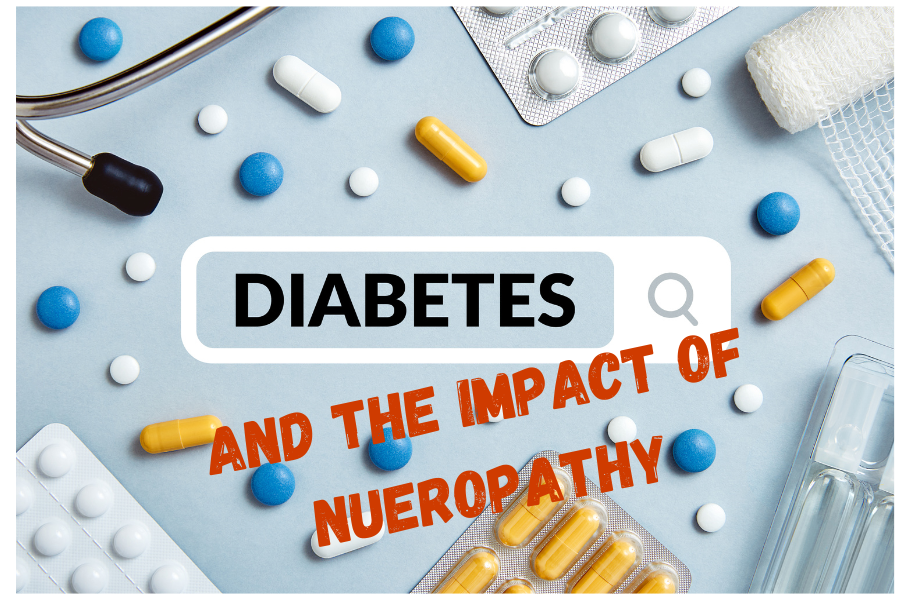
This is the final article of a three-part series on diabetic neuropathy (DM), a complication of diabetes that can cause discomfort and affect daily life. Today's article will review some alternative or unconventional ideas on how to treat DM.
Treating diabetic neuropathy involves addressing its symptoms and managing underlying factors contributing to nerve damage. While there is no cure for diabetic neuropathy, several approaches can help alleviate discomfort and prevent further progression of the condition.
Last week, I reviewed the use of dietary supplements to treat DM. We have many great options to help patients additionally in their pain journey. I like to encourage our patients with the NC10 Rule, which was presented by Dr. Pradeep Chopra, a pain doctor practicing in Connecticut. The NC10 Rule looks at getting a 5-10% improvement with multiple modalities, which are then stacked on each other, yielding a 40-60% or better improvement in pain symptoms.
When we look at the options we have discussed so far, including lifestyle modifications, conventional medications, and dietary supplements, these three areas often provide enough benefits to help our patients. Unfortunately, not all patients get relief utilizing these areas, and that is why we have "outside-the-box" ideas for those patients.
The first area to consider would be compounded transdermal pain gel, which is applied topically to the affected area, resulting in the absorption of the drug at the site of pain. The most common drugs used in this way are the same conventional drugs that are taken orally to treat DN, and they include ketamine, gabapentin, baclofen, bupivacaine, amitriptyline, lidocaine, ketoprofen, and clonidine to name a few. Multiple drugs can be combined into the same formulation, potentially blocking more than one channel of pain transmission. Some benefits or advantages of transdermal pain gels include avoiding the stomach, which can be an issue for those with touchy stomachs. Often, these medications, when taken orally, can cause sedation or drowsiness, but that is rarely an issue when applied topically. Lastly, we can put a hefty dose of the drug at the site of pain as opposed to an oral medication that goes to every nook and cranny of your body even when it is not needed in those areas.
When applying a transdermal pain gel, we have the patient rub the compound into the skin for 2-3 minutes, typically 3 to 5 times a day for about 7 to 10 days. The tissue and receptors have been saturated at this time, and we can determine if the pain medication is doing what we want it to do. Hypothetically, if it were to reduce pain by 50%, we would have the patient decrease the frequency to 1 or 2 times daily to see if we can get the same amount of relief with fewer daily applications. Our goal is always the least amount of drug with the most benefit.
The second compounded option to consider is Low Dose Naltrexone or LDN. LDN is a topic I have discussed in this article several times, so I apologize if you are getting tired of the subject. Naltrexone at microgram doses temporarily blocks the opioid receptor, sending a message to the brain to produce more of our own opioids, which are endorphins and enkephalins. When naltrexone leaves the receptor, the elevated endorphins can stimulate the receptor, creating pain relief. We are tricking the body into making its pain medication.
The second mechanism concerns inflammation. Toll-like receptors are scattered throughout the body. When activated or turned on, they emit inflammatory mediators, including cytokines and interleukins, which stoke the inflammatory fire. LDN will block these receptors, thereby lowering inflammation.
A third mechanism is the effect on our central nervous system, or CNS. When toll-like receptor 4 (TLR4) is stimulated, it activates microglial cells in the CNS, which creates a cascade of inflammation known as neuroinflammation in our brain and big nerves. Neuroinflammation can be the source of migraine headaches, brain fog, Alzheimer's, depression, fibromyalgia, and Parkinson's disease. We are going to block the TLR4 receptor, stopping neuroinflammation.
Many patients respond positively to their DN pain issues by working on pain, inflammation, and neuroinflammation. With the help of multiple modalities discussed in these three articles, a 50% reduction in pain seems a little bit more manageable, and I hope you feel the same way.
I hope that this series of articles on the treatment of diabetic neuropathies is helpful in your pain journey. It seems like every day, more and more research and information come forth on alternative ways to treat DN.
If you would like help or more information about natural treatment options for diabetic neuropathies, do not hesitate to contact my pharmacy staff, as they would be more than willing to help you at 701-483-4858. All my articles can be found online at our website, www.irsfeldpharmacy.com. My podcast, "The Irsfeld Pharmacy Optimal You Podcast," can also be accessed through the website.
Until next time, be vigilant about your health!!


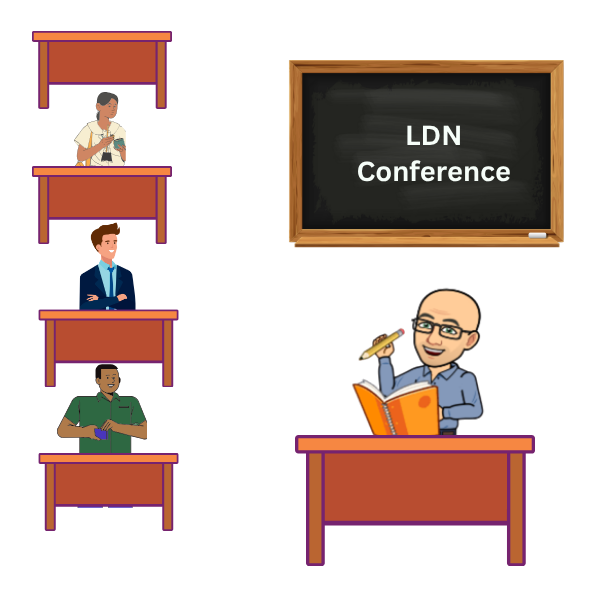
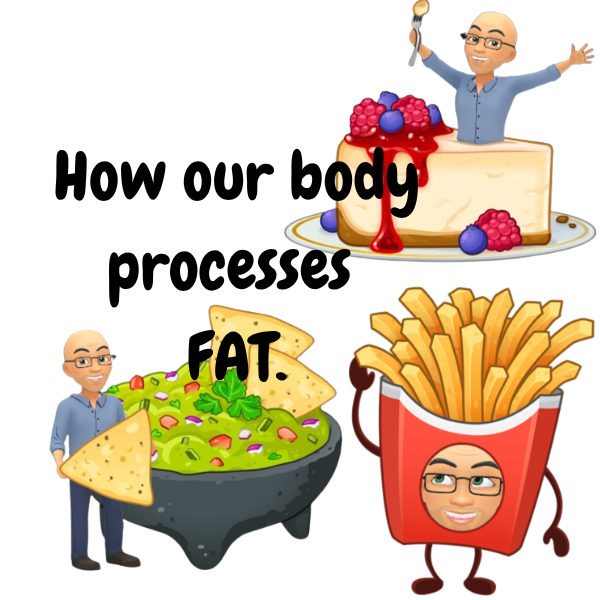
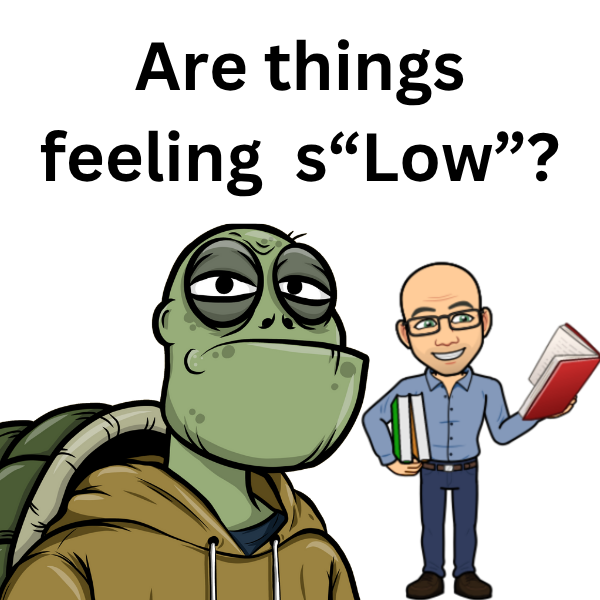

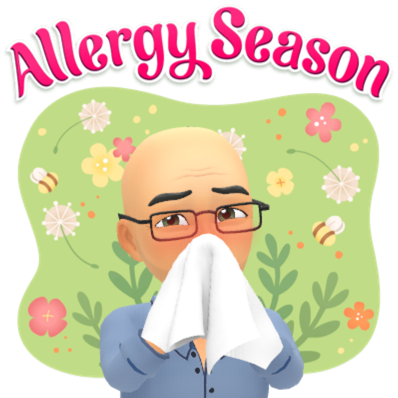
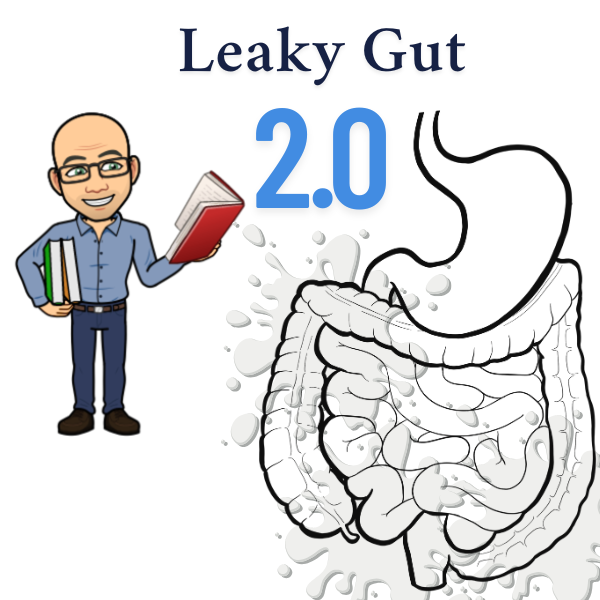
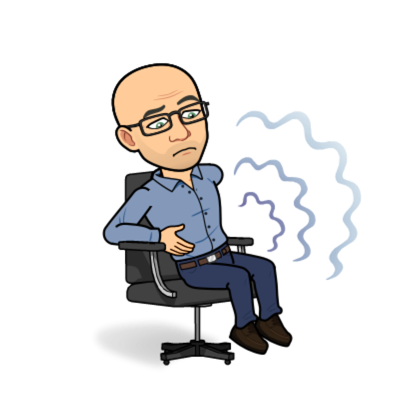


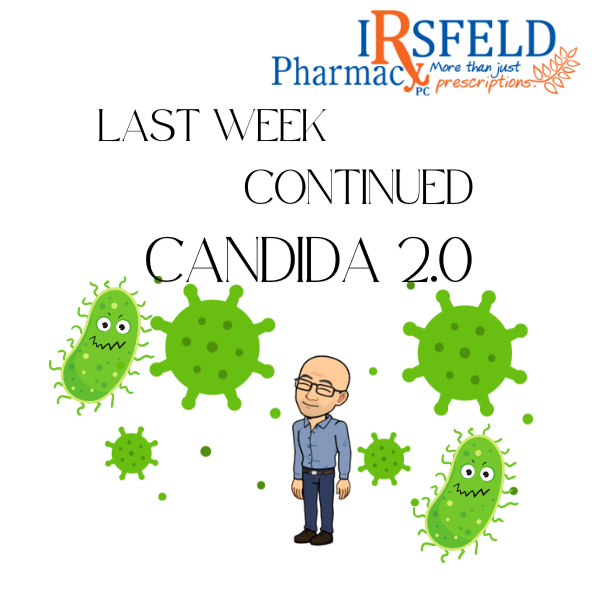
Share On: